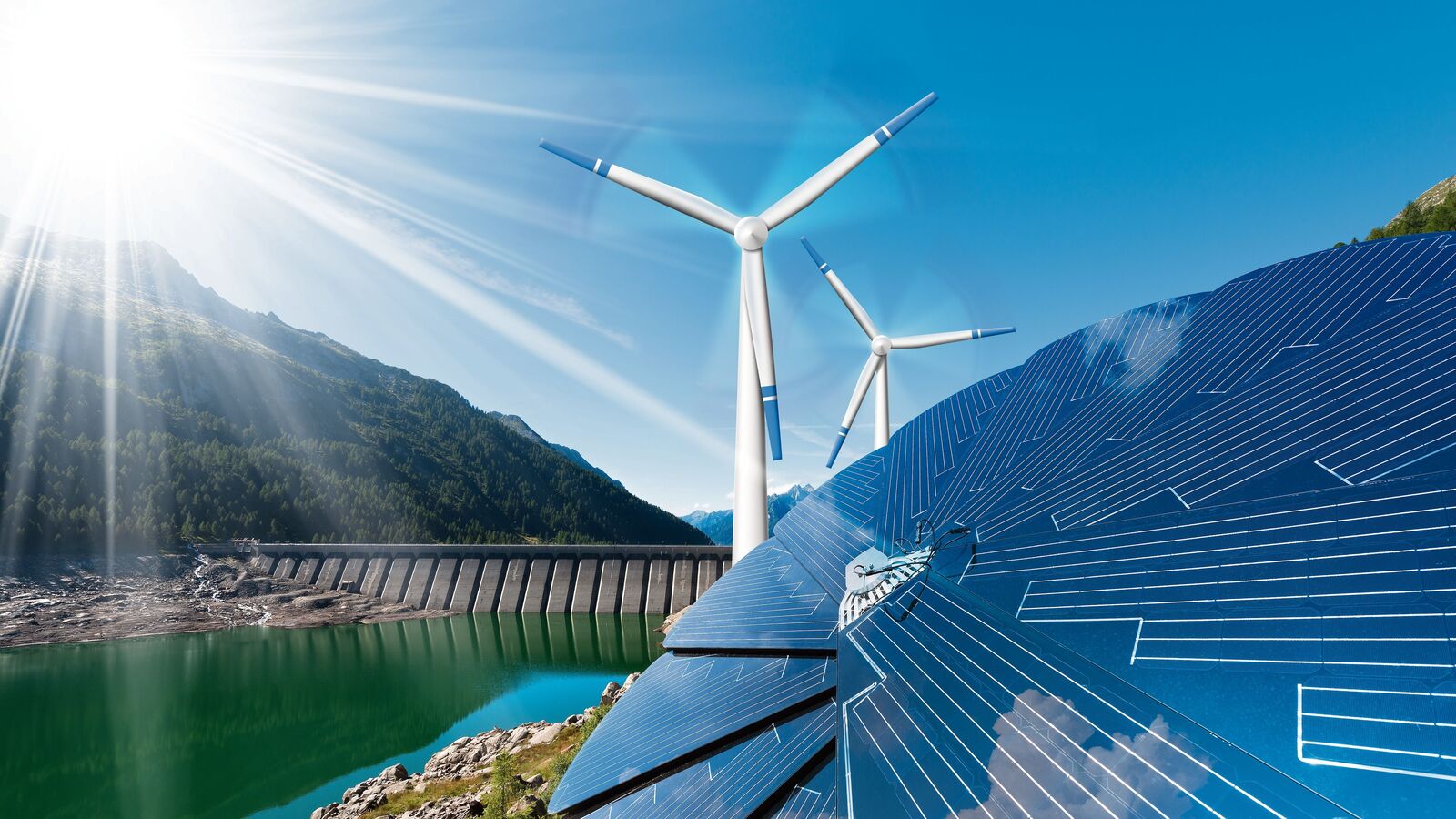But these streaks of good news do not seem to be enough to blow away the larger questions that have been hanging over the Indian consumer economy for more than a year now.
Each company has a different story to tell, depending on its immediate sales. So aggregation is tricky. Even the macro view is mixed. The finance ministry noted in its September review that urban demand is weakening while rural demand is strengthening.
The Reserve Bank of India has said in its latest monthly report on the economy that there are signs of consumer spending shaping up for a revival in smaller towns and lower-tier cities. Yet, these are framed against larger concerns about a slowdown in consumer spending.
The underlying reason is not just consumer sentiment, but also the hard reality of anaemic growth in real household earnings in recent years, during an impressive economic recovery that has been led by profits rather than wages.
Household spending power has barely kept up with increasing prices. The stock of excess savings that were built up during the pandemic-era lockdowns, and which were a forced financial buffer for households with steady incomes, have been spent down.
The inertia in consumer spending is not just a problem in itself; it acts as a drag on business investment as well. Companies are less likely to buy new machinery to expand their production facilities when they are not sure of the state of demand.
However, business investment is not just a slave of the state of consumer demand. There are times when companies look ahead into the future, far beyond vagaries of the business cycle, to put money into new industries that are changing the way we live.
This column has earlier made a distinction between Keynesian and Schumpeterian business investment. The first is driven by immediate concerns such as capacity constraints, borrowing costs and consumer demand. The latter is in anticipation of a new economy after gales of creative destruction have flattened older industries or sectors.
Are Indian businesses investing in emerging sectors where the constraint is not the immediate demand situation? A recent report by Standard & Poor’s provides some interesting estimates in this context.
The credit rating firm estimates that large Indian conglomerates are lining up $800 billion of investments over the next decade, which is triple the amount of capital spending by their business groups in the previous decade.
A look at the sectors into which these investments are expected to flow tells us an interesting story. Some $254 billion of the total investment pipeline of large Indian conglomerates is accounted for by new sectors such as green energy, semiconductors, electric vehicles and data centres. This is the world of Schumpeter rather than Keynes, as large business houses make bets on industries they have little previous experience in.
A potted history of the Indian industrial sector shows that there have been previous episodes of such large bets as well. Indian industry before independence was dominated by natural fibres such as cotton textiles and jute.
A massive investment push by the public sector in the first two decades after India’s freedom was dominated by the urge to build national capacity in metals, such as steel, as well as in machine tools. The private sector was forced to play a secondary role.
Restrictions on private-sector investment began to ease after 1980. There was a rush into untested waters during that decade in areas such as petrochemicals. Something similar happened in telecom, especially after 1999.
The aggressive push by Indian business houses into green energy or semiconductors appears to be another wave of private investment into areas that are new to Indian conglomerates.
However, history also tells us that many of the previous investment waves into new areas ended in grief—from financial stress to corporate wars. Who now remembers the scale of investments in consumer electronics by Indian companies in the 1980s, most of which ended in failure?
A question worth pondering is whether the anticipated investments in newer sectors will spark off a second round of investments by other companies in related areas.
In other words, will the capital spending by large conglomerates act as anchor investments to catalyse a broader supply chain in these specific areas? For example, will successful investments in electric vehicles generate demand for an automobile battery ecosystem in India?
In a prescient essay Marc Andreessen wrote in April 2020, just when the world was shutting down in response to the pandemic, and pessimism was rife, the technology entrepreneur called for “aggressive investment in new products, in new industries, in new factories, in new science, in big leaps forward.” The focus on new industries by Indian conglomerates —sometimes backed by government subsidies—can be seen against this backdrop.
#demand #Indian #industry #investing #tomorrows #sectors






